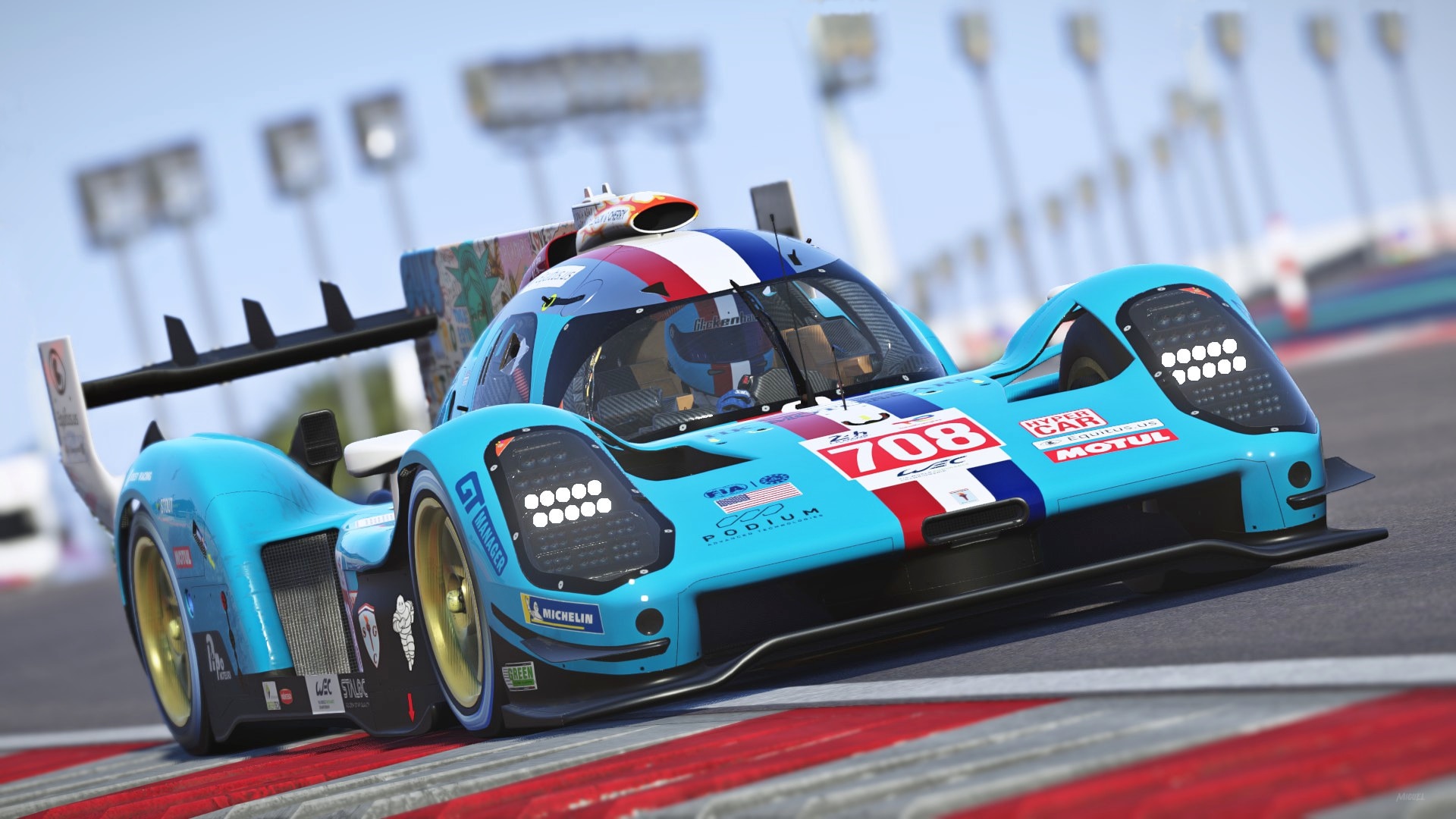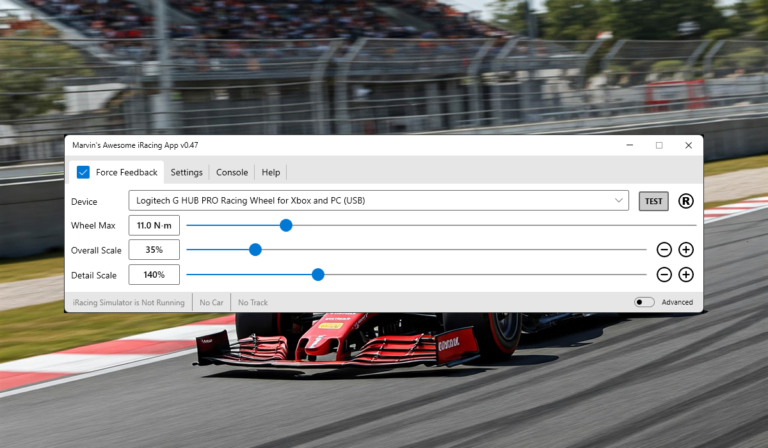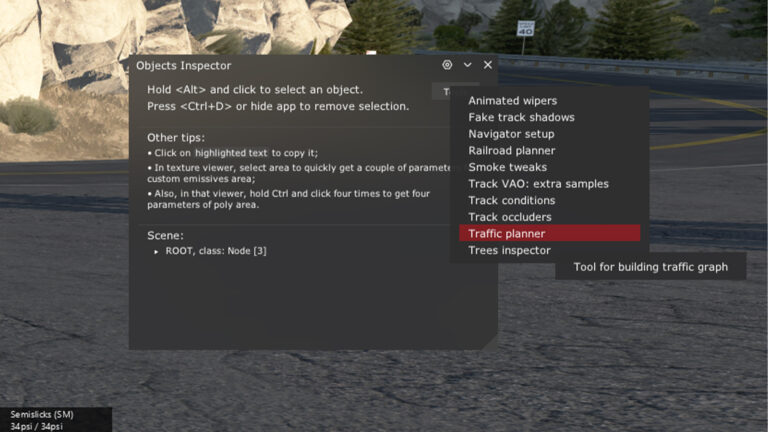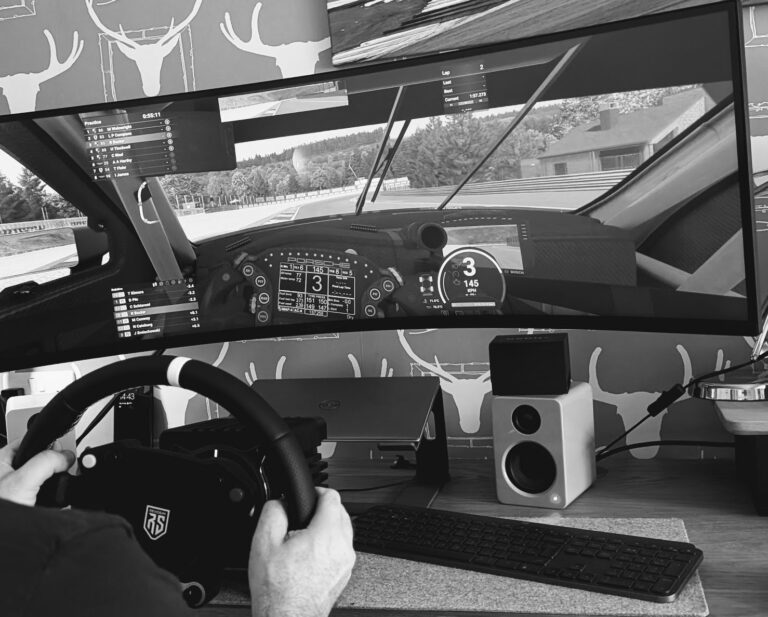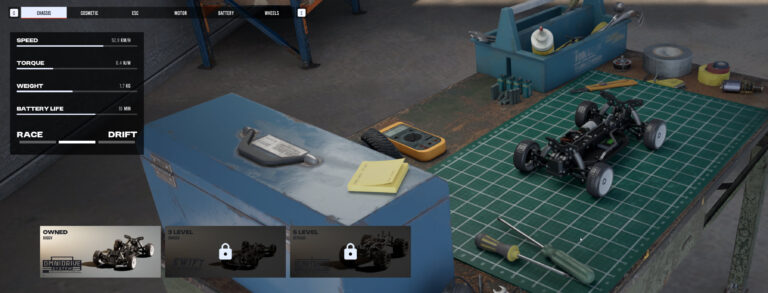Whether you’re just starting your Le Mans Ultimate journey or looking to master every car in the game, this comprehensive guide covers all 31 cars across four racing classes. We’ve gathered community feedback and professional setup tips to help you get the most from each machine, from the cutting-edge Hypercars to the battle-tested GTEs.
Hypercar Class – The Cutting Edge
The Hypercar class represents the pinnacle of endurance racing technology in Le Mans Ultimate. With 11 cars mixing different philosophies – from traditional Le Mans Hypercars (LMH) to the more standardised LMDh machines – there’s something for every driving style.
Alpine A424
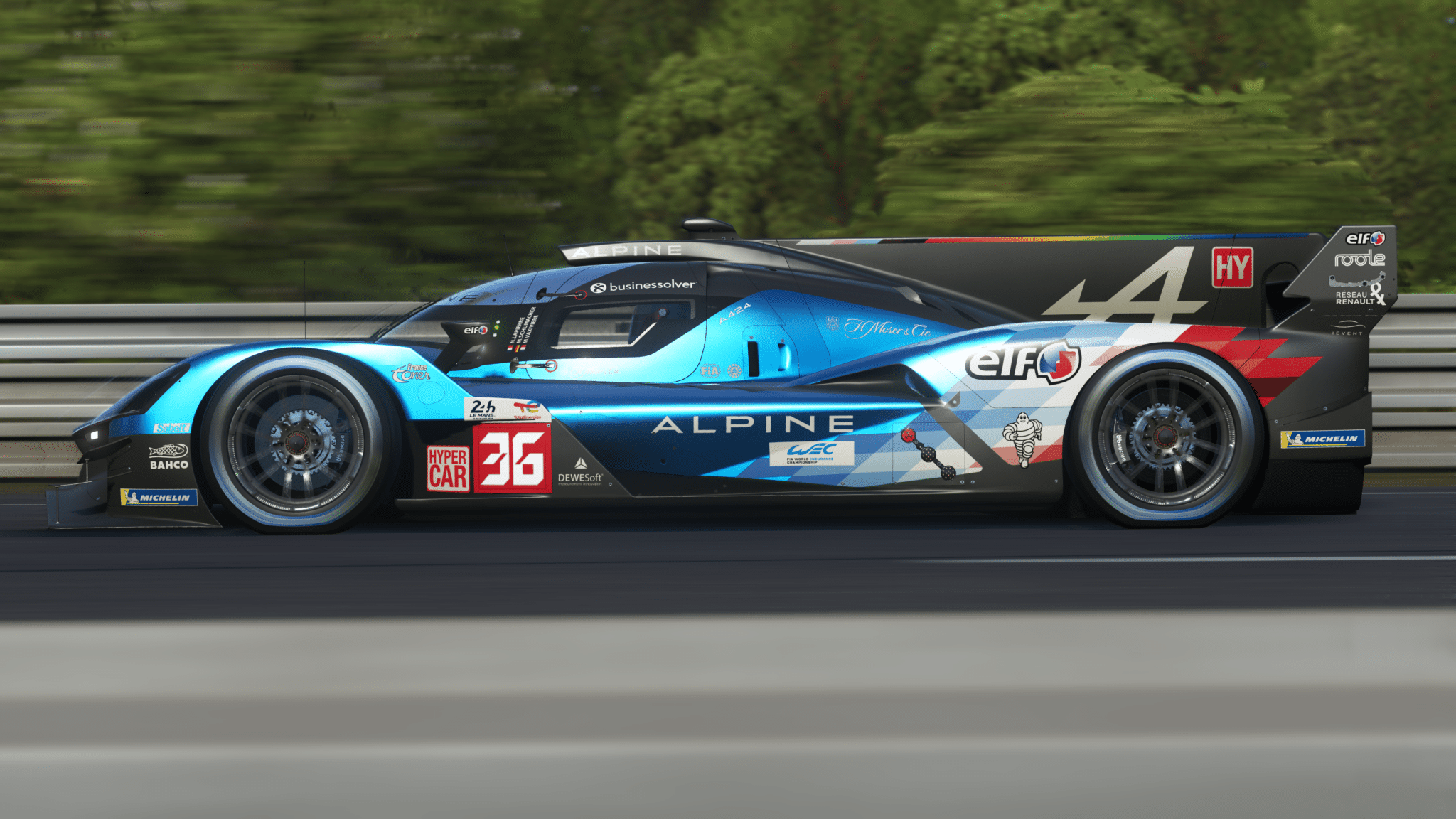
Community Verdict: The A424 offers a surprisingly stable platform, making it forgiving on initial turn-in, though it can feel a bit sluggish in tight hairpins. Extracting ultimate pace requires careful balance to prevent mid-corner understeer.
Setup Tip: Increase front anti-roll bar stiffness slightly to improve turn-in responsiveness without compromising the car’s inherent stability.
BMW M Hybrid V8
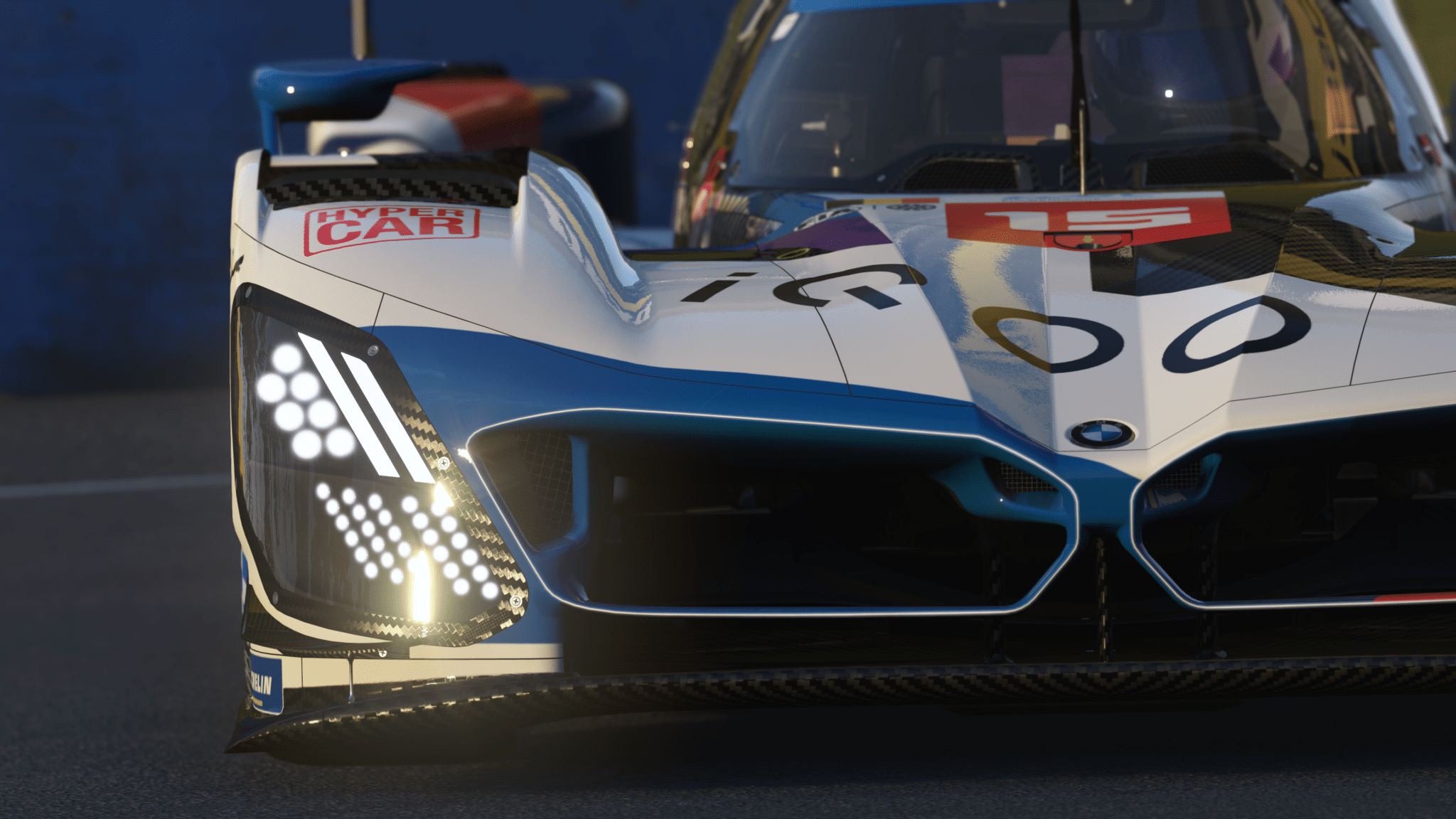
Community Verdict: Players often praise the BMW for its predictable handling and stability, making it a great choice for endurance races. While not always the fastest outright, its consistent performance allows drivers to maintain strong lap times over long stints.
Setup Tip: If experiencing understeer on corner exit, slightly reduce rear anti-roll bar stiffness to allow more mechanical grip through medium and high-speed corners.
Cadillac V-Series.R
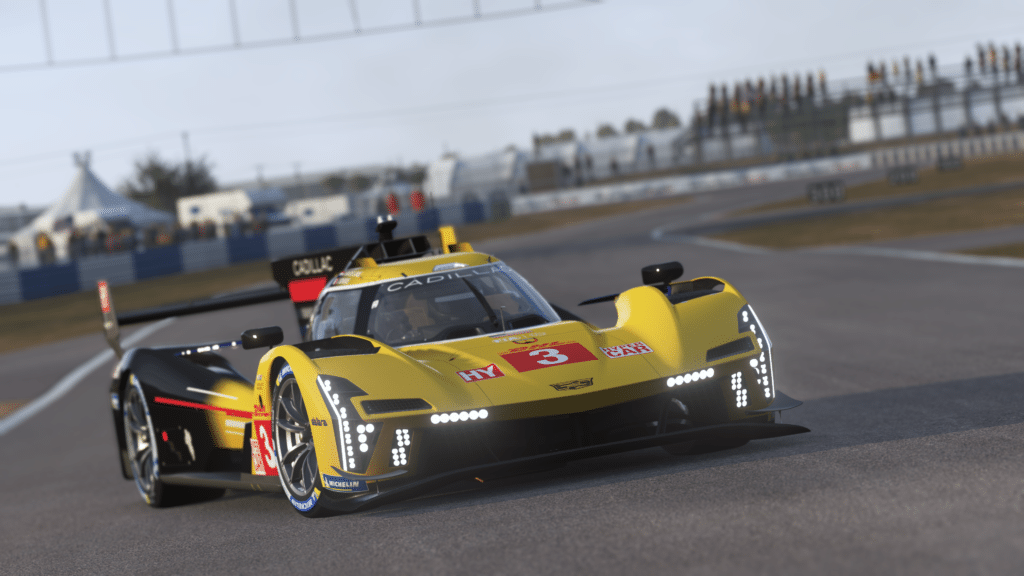
Community Verdict: The Cadillac is known for its raw power and impressive top-end speed, making it a force on long straights. However, many drivers find it challenging to manage under braking and in slow corners, often requiring a delicate touch to avoid oversteer.
Setup Tip: To improve braking stability, slightly increase front brake bias (around 54-56%) and consider stiffening the front suspension to reduce dive.
Ferrari 499P
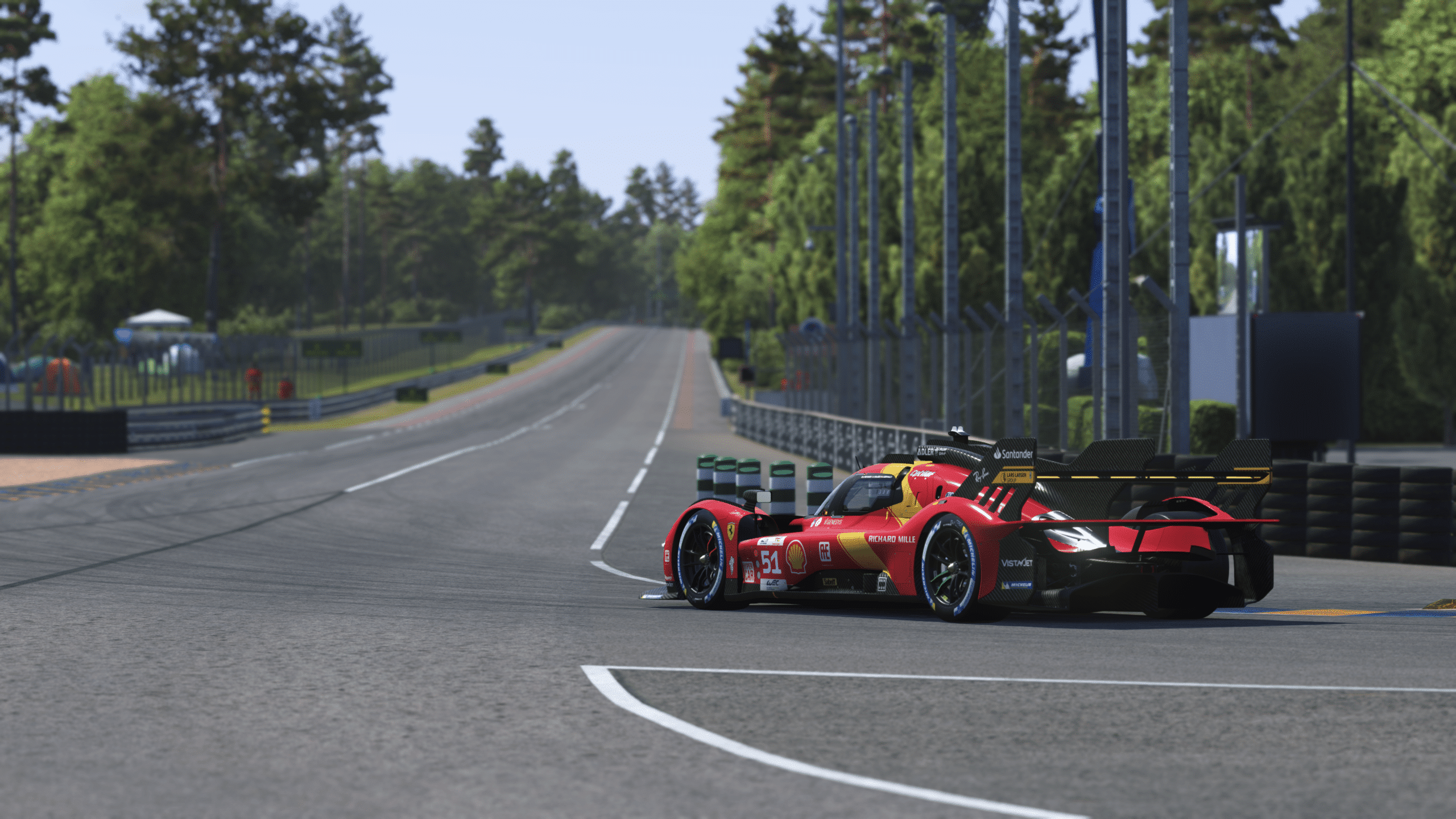
Community Verdict: Widely considered one of the most balanced Hypercars in the game. The 499P offers excellent all-round performance with particularly strong braking and mid-corner stability. It’s often the go-to choice for competitive online racing.
Setup Tip: The Ferrari responds well to aggressive differential settings. Try reducing the preload slightly to improve rotation without sacrificing traction.
Glickenhaus 007 LMH
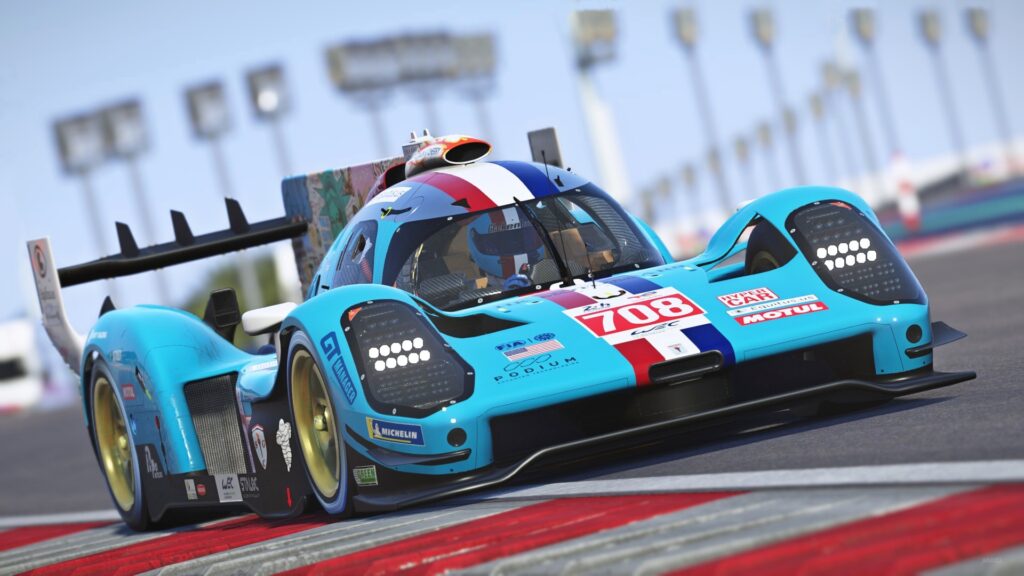
Community Verdict: The Glickenhaus divides opinion – some love its unique handling characteristics and impressive straight-line speed, whilst others struggle with its tendency to be nervous under braking. It rewards smooth, precise inputs.
Setup Tip: Increase rear ride height slightly to improve stability under braking and reduce the car’s tendency to snap oversteer on corner entry.
Isotta Fraschini Tipo6-C
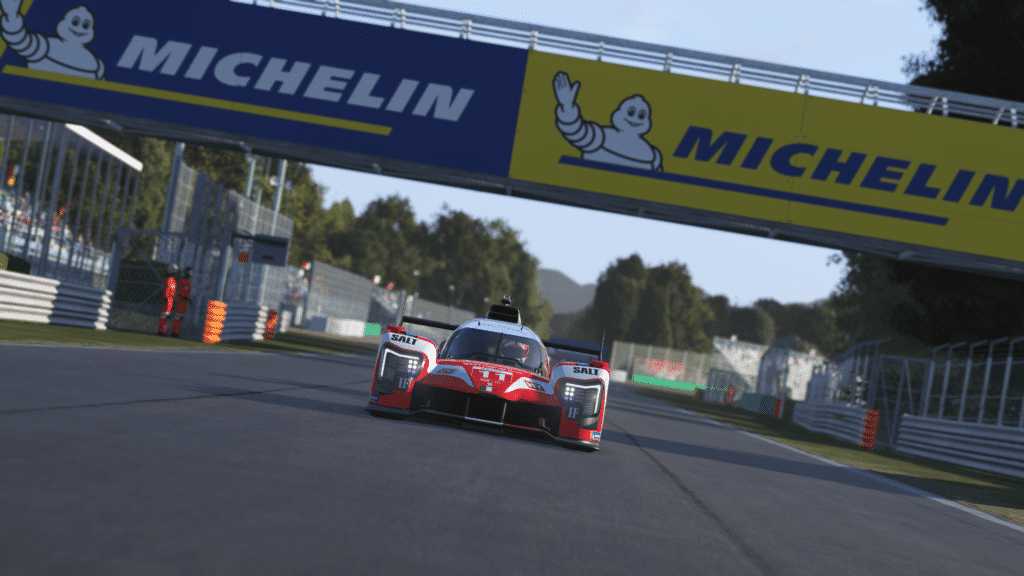
Community Verdict: This car presents a unique challenge with its distinct aero characteristics, requiring precise inputs to manage its high-speed stability and braking zones. While capable, it demands patience to master its handling nuances.
Setup Tip: Adjust brake bias slightly rearward (around 48-50%) to improve trail-braking stability and prevent front lock-ups.
Peugeot 9X8
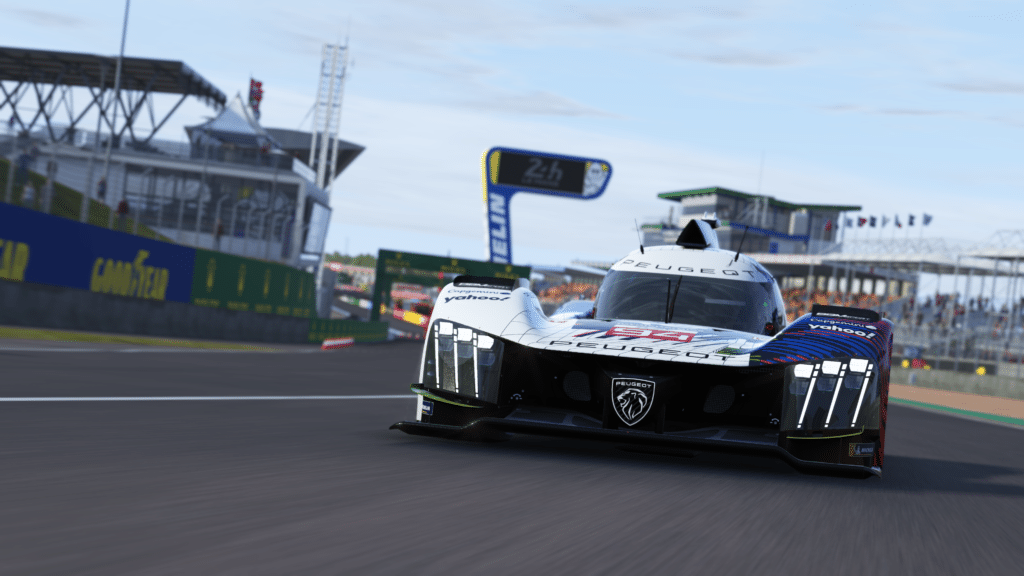
Community Verdict: The “no-rear-wing” concept makes the 9X8 exceptional in low-speed traction, but it can be highly sensitive to high-speed aero balance. Mastering its unique downforce profile is key to unlocking its potential on faster circuits.
Setup Tip: Fine-tune front and rear ride heights to optimise aero balance for specific tracks – the 9X8 is particularly sensitive to rake angle changes.
Porsche 963
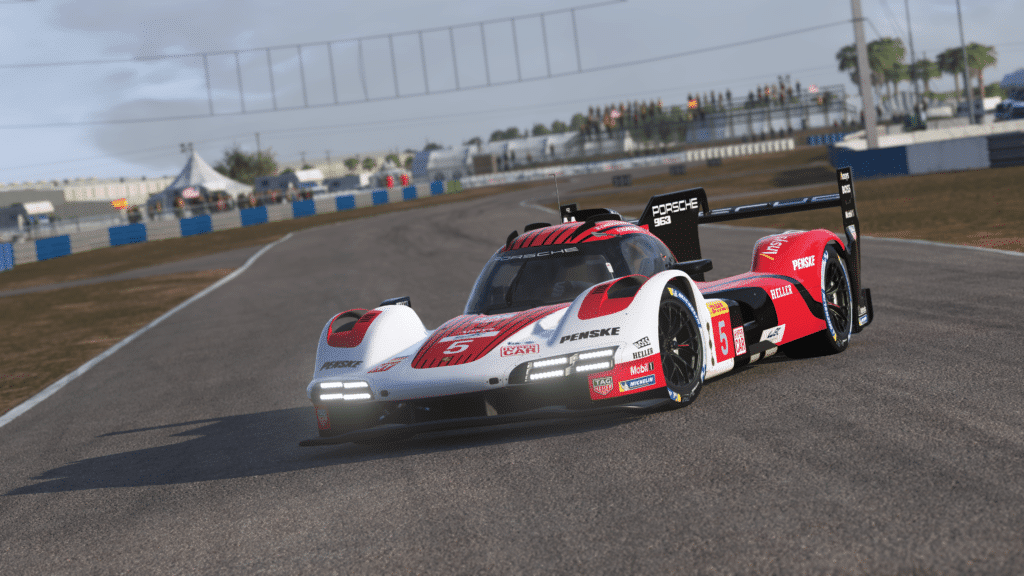
Community Verdict: Often considered the “meta” car in competitive lobbies. The 963 combines excellent stability with strong performance across all track types. Its only weakness might be that it’s almost too easy to drive fast.
Setup Tip: The Porsche is quite forgiving with setup changes. Focus on fine-tuning the aero balance through ride height adjustments rather than major suspension changes.
Toyota GR010 Hybrid
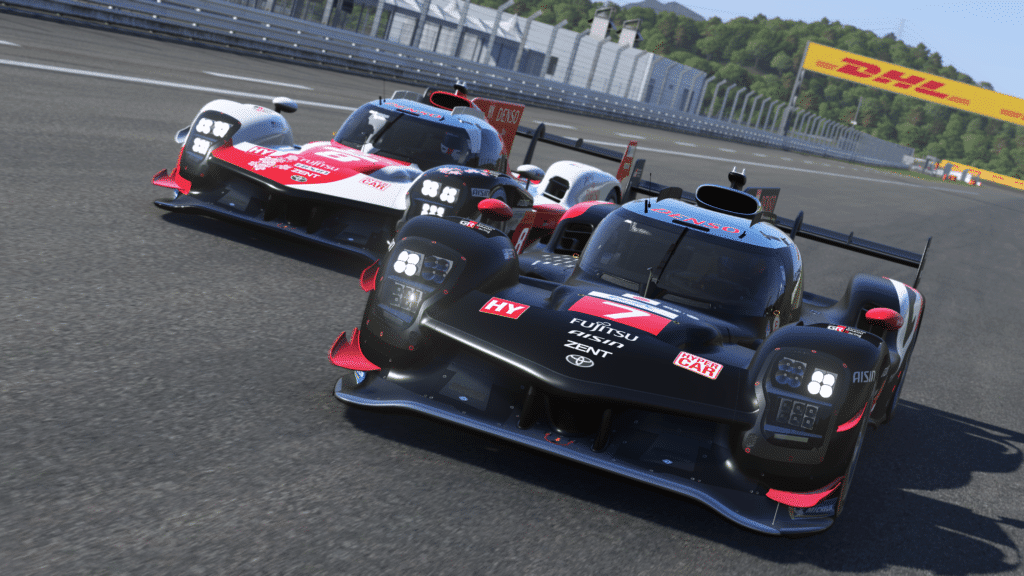
Community Verdict: Renowned for its consistency and user-friendliness, the GR010 Hybrid provides a solid, predictable base for long stints. While not always the outright fastest, its reliability and stable handling make it a strong contender.
Setup Tip: Experiment with differential preload to improve power delivery out of slow corners – the Toyota responds well to higher preload values.
Lamborghini SC63 (DLC)
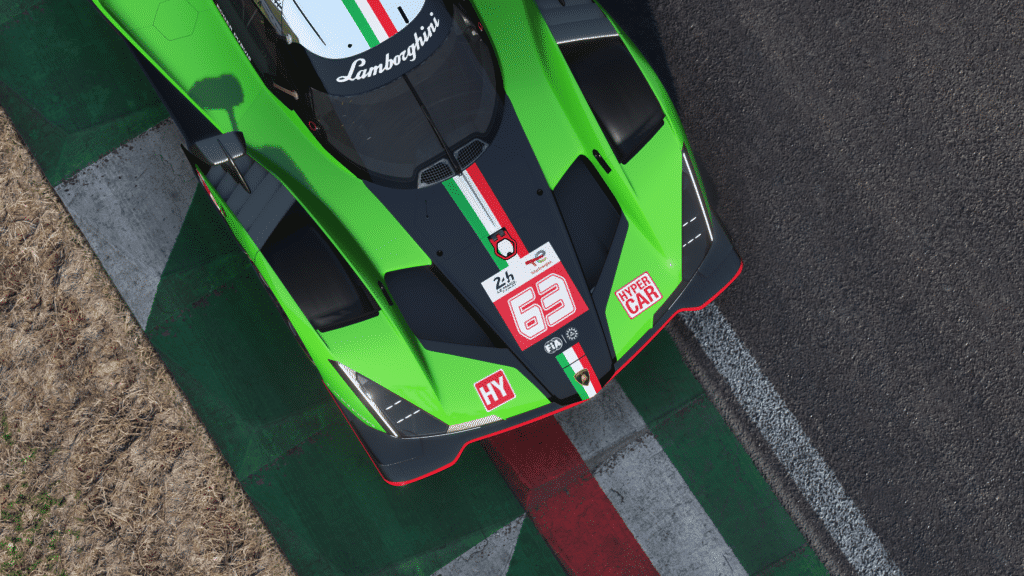
Community Verdict: The SC63 delivers a powerful and aggressive driving experience, with strong acceleration but can be prone to oversteer under power if not managed carefully. Finding the right balance between responsiveness and rear-end stability is crucial.
Setup Tip: Slightly soften rear springs to improve traction and reduce power oversteer, particularly important on tracks with long acceleration zones.
Aston Martin Valkyrie AMR LMH (DLC)
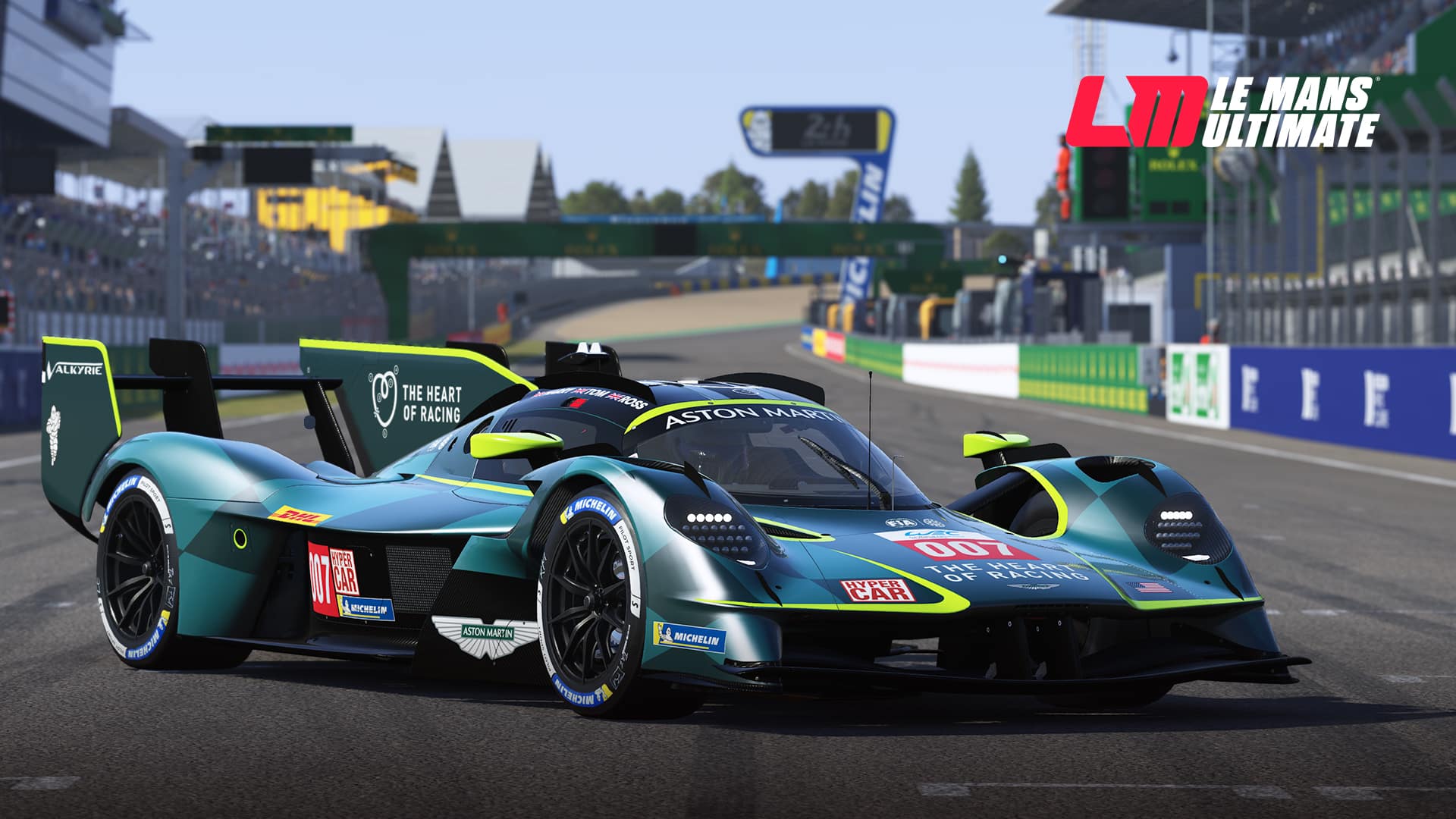
Community Verdict: The Valkyrie is a high-downforce beast, providing immense grip through fast corners, but demands precise setup to avoid twitchiness. Its performance window is narrow, rewarding drivers who can meticulously dial it in.
Setup Tip: Adjust rear wing angle for optimal high-speed stability versus straight-line speed – the V12’s lack of hybrid power makes aero efficiency crucial.
LMGT3 Class – Customer Racing Excellence
The LMGT3 category brings together the world’s best GT3 machinery, adapted for Le Mans regulations. With 11 cars representing major manufacturers, this class offers close racing and diverse driving experiences.
Aston Martin Vantage AMR LMGT3
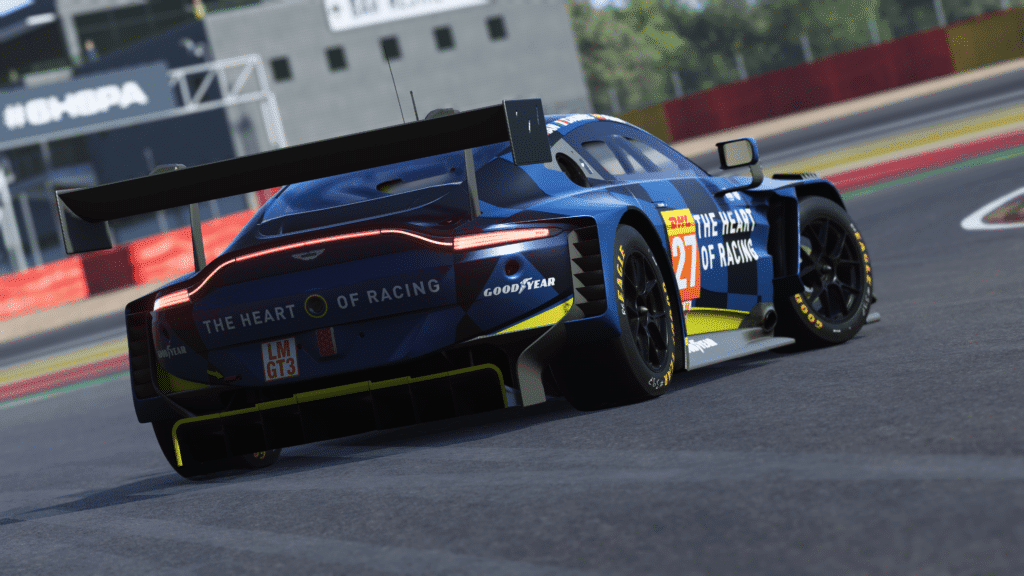
Community Verdict: The Vantage offers a balanced and predictable platform, making it accessible for most drivers, though it can sometimes feel a bit heavy on turn-in. Its strength lies in its consistency over long stints.
Setup Tip: Increase front camber slightly to improve initial bite and cornering grip without compromising tyre life.
BMW M4 LMGT3

Community Verdict: The standard M4 is well-balanced with good all-round performance. It’s particularly strong under braking and offers predictable handling, making it a popular choice for newcomers to the LMGT3 class.
Setup Tip: The BMW benefits from a slightly forward brake bias (around 55-57%) to maximise its excellent braking performance.
Chevrolet Corvette Z06 LMGT3.R
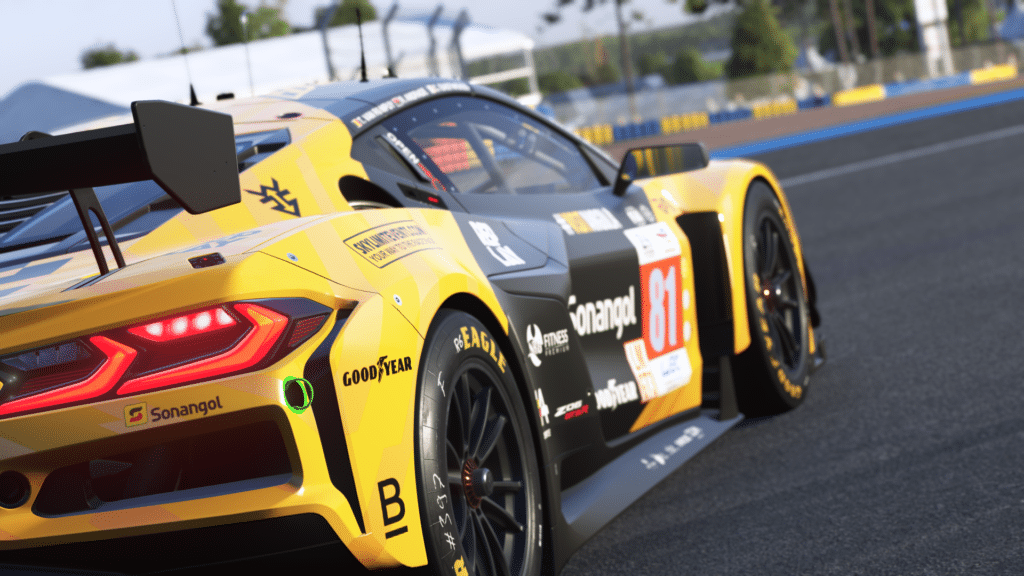
Community Verdict: The Corvette delivers strong straight-line speed and excellent traction, but its mid-engine layout can lead to understeer on corner entry if not managed. It rewards smooth inputs and precise brake modulation.
Setup Tip: Move brake bias forward to improve turn-in stability and reduce lock-ups – try starting around 56-58%.
Ferrari 296 LMGT3
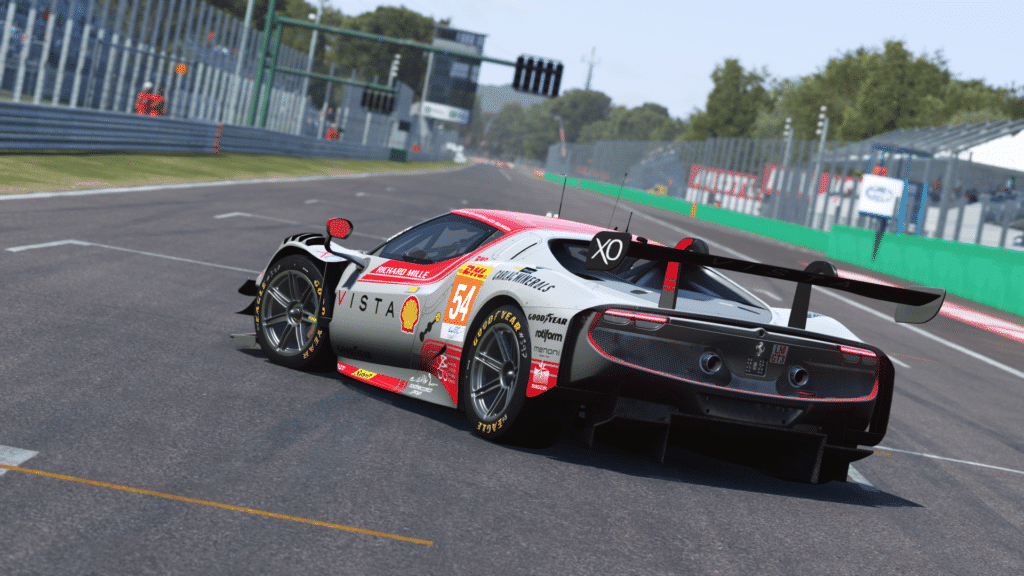
Community Verdict: The 296 is known for being agile and responsive in the LMGT3 field. It has sharp turn-in and feels nimble through chicanes, rewarding aggressive driving styles but demanding precision.
Setup Tip: If experiencing oversteer on throttle application, increase the power ramp angle on the differential to smooth out power delivery.
Ford Mustang LMGT3
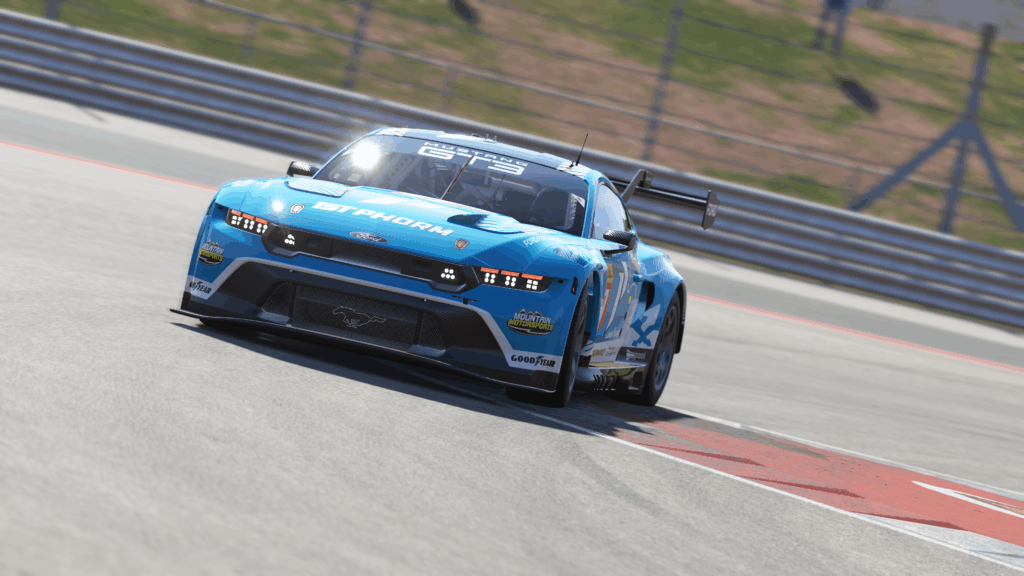
Community Verdict: The Mustang brings raw power and impressive straight-line speed to the LMGT3 class. It can be a handful in technical sections but rewards patient drivers who can manage its weight transfer smoothly.
Setup Tip: Soften the rear anti-roll bar to help with power delivery out of slow corners – the Mustang’s torque can overwhelm the rear tyres.
Lamborghini Huracán LMGT3 Evo2
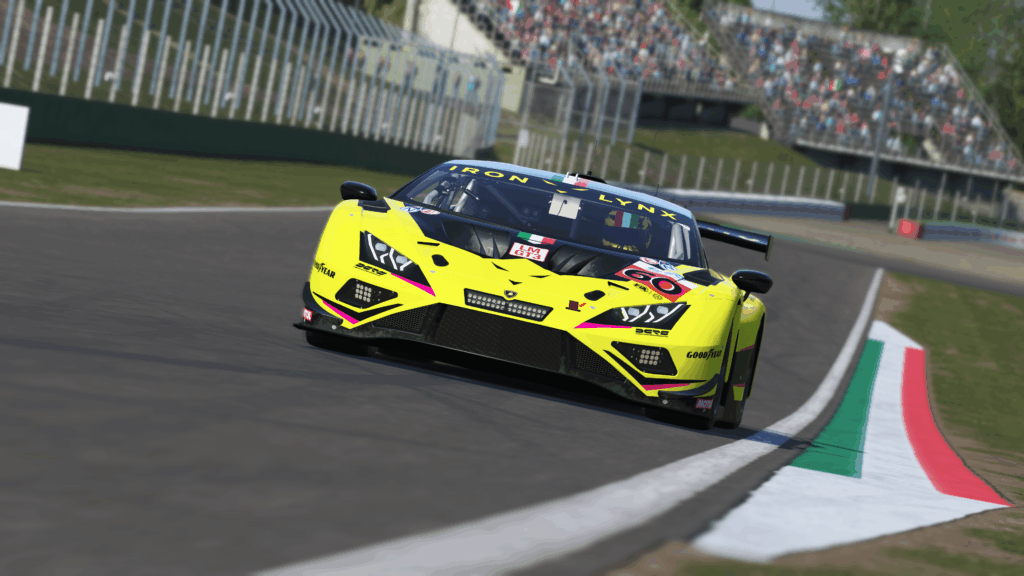
Community Verdict: The Huracán is agile and responsive, with sharp turn-in and strong acceleration, but can be prone to snap oversteer if pushed too hard. It rewards an aggressive driving style but demands precision.
Setup Tip: Slightly soften rear slow bump damping to improve mid-corner stability without sacrificing responsiveness.
Lexus RC F LMGT3
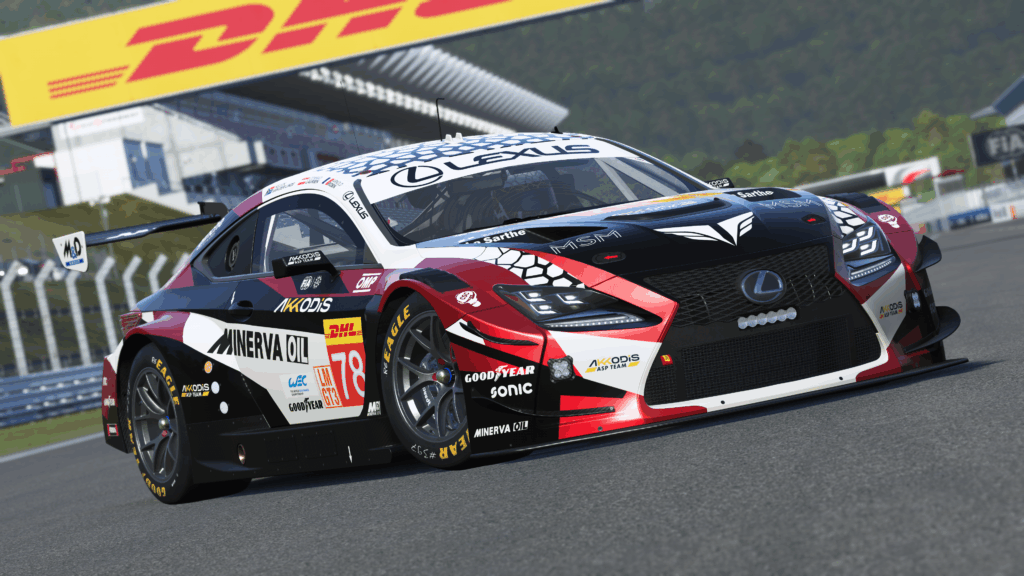
Community Verdict: The RC F is remarkably stable under braking and has good straight-line speed, but its front-engine layout can make it prone to understeer through longer corners. Finding the right balance for rotation is key.
Setup Tip: Decrease differential power ramp angle to improve rotation on throttle – this helps combat the car’s natural understeer tendency.
McLaren 720S LMGT3 Evo
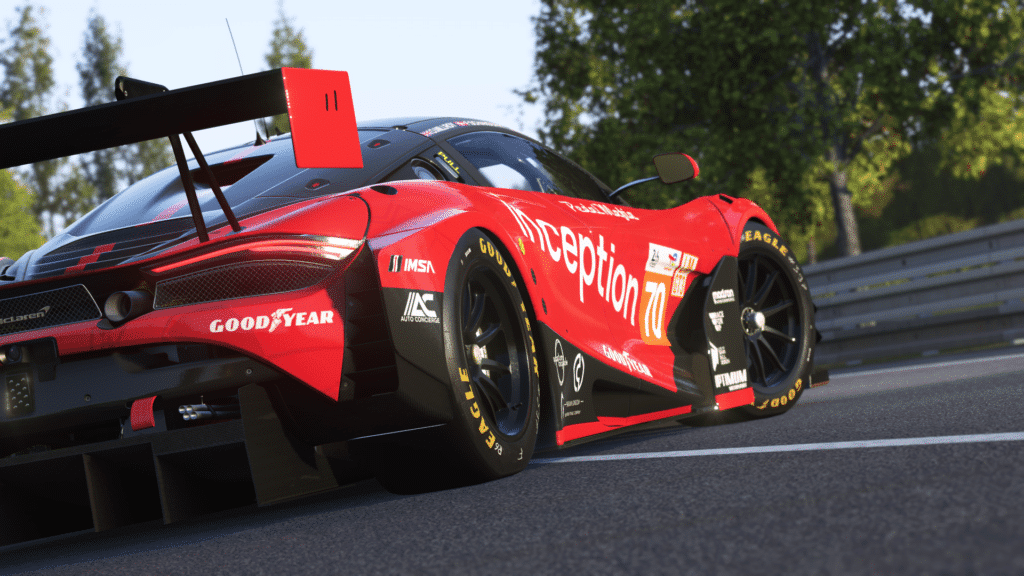
Community Verdict: The McLaren offers exceptional aerodynamic efficiency and is particularly strong through high-speed corners. However, its sophisticated nature means setup changes can have dramatic effects on handling balance.
Setup Tip: Start with manufacturer baseline setups – the McLaren is sensitive to changes, and small adjustments go a long way.
Porsche 911 GT3 R LMGT3
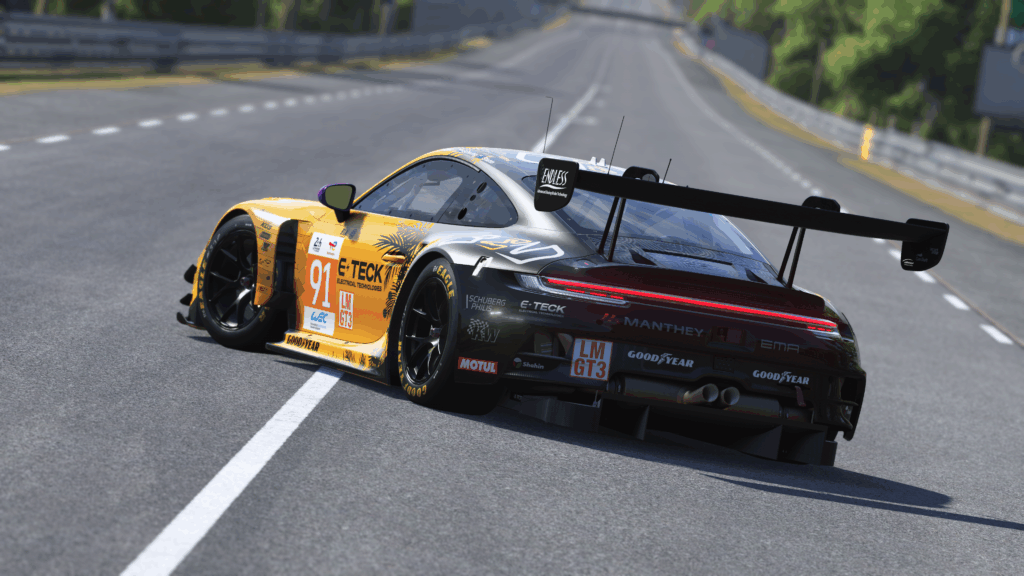
Community Verdict: Widely considered the benchmark LMGT3 car. The 911’s rear-engine layout provides exceptional traction and stability under acceleration. It’s forgiving yet fast, making it suitable for all skill levels.
Setup Tip: The Porsche’s rear-engine layout means you can run more aggressive rear wing angles without sacrificing straight-line speed – experiment with higher downforce settings.
Mercedes-AMG LMGT3 (DLC)
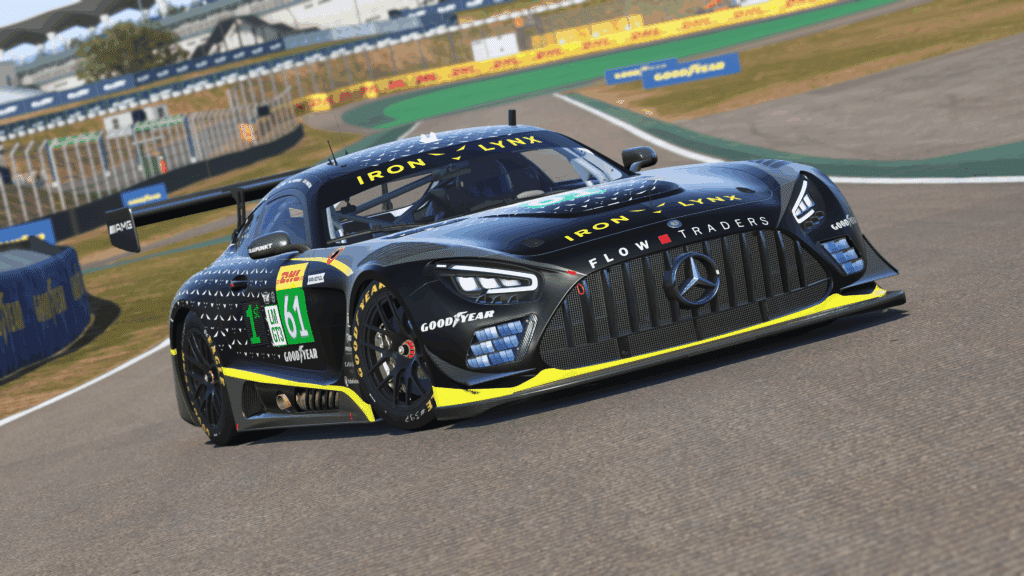
Community Verdict: The AMG GT3 offers immense front-end grip and powerful braking, but its sheer size can make it feel a bit cumbersome in tight sections. It excels on fast, flowing tracks where its stability can be fully utilised.
Setup Tip: Reduce front anti-roll bar stiffness to improve compliance over kerbs and enhance turn-in response.
BMW M4 LMGT3 Evo (DLC)

Community Verdict: The Evo version brings improved aerodynamics and slightly sharper handling compared to the standard M4. Players report better high-speed stability and more precise turn-in, though it requires a more committed driving style.
Setup Tip: Take advantage of the improved aero by running slightly lower ride heights than the standard M4 – the Evo handles the reduced ground clearance better.
LMP2 Class – The Prototype Gateway
ORECA 07
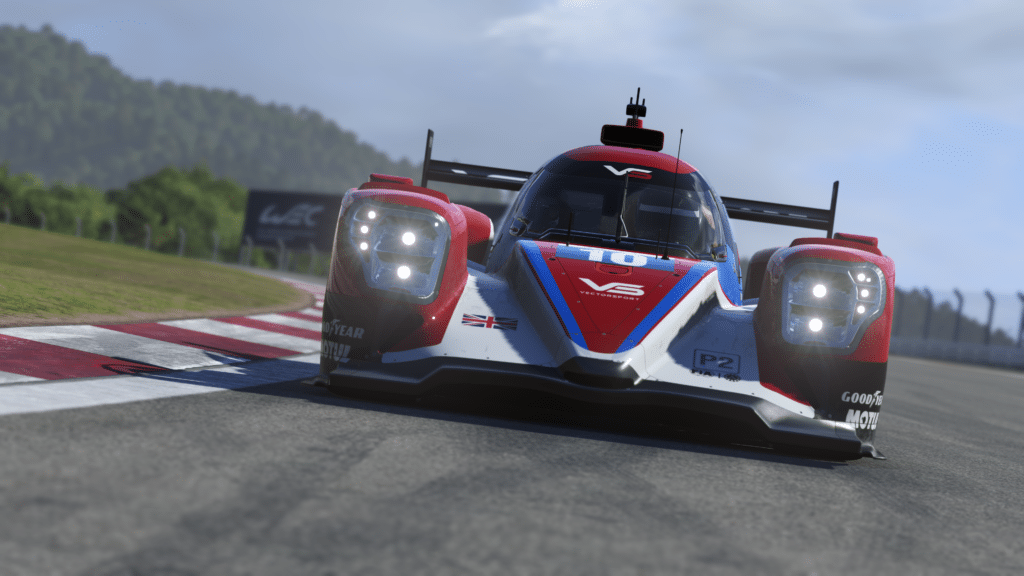
Community Verdict: The undisputed king of the LMP2 class and the only option. Players generally praise it for being incredibly stable, predictable, and forgiving for a prototype. It generates immense downforce, making it confidence-inspiring through high-speed corners. It’s often seen as a great entry point for drivers looking to step up to prototypes.
Setup Tip: Focus heavily on rake and ride height. A slightly lower front and higher rear (more rake) can unlock significant high-speed stability and downforce, but be careful not to bottom out.
GTE Class – The Veterans (All DLC)
The GTE class represents the previous generation of GT endurance racing, now available exclusively through DLC. These cars offer a different driving experience with more mechanical grip and less aero dependence than their LMGT3 successors.
Aston Martin Vantage GTE (DLC)
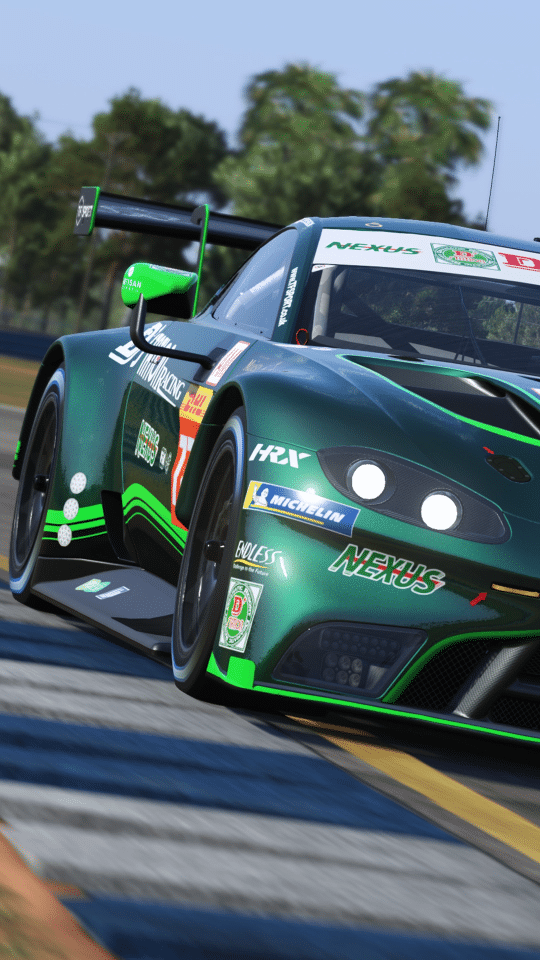
Community Verdict: Often described as the “gentleman’s GTE.” It’s very stable, predictable, and excellent under braking. Players find it confidence-inspiring and consistent over long stints, making it a great endurance racer.
Setup Tip: If experiencing mid-corner understeer, try softening the rear springs or increasing the front anti-roll bar to help the car rotate more freely.
Corvette C8.R GTE (DLC)
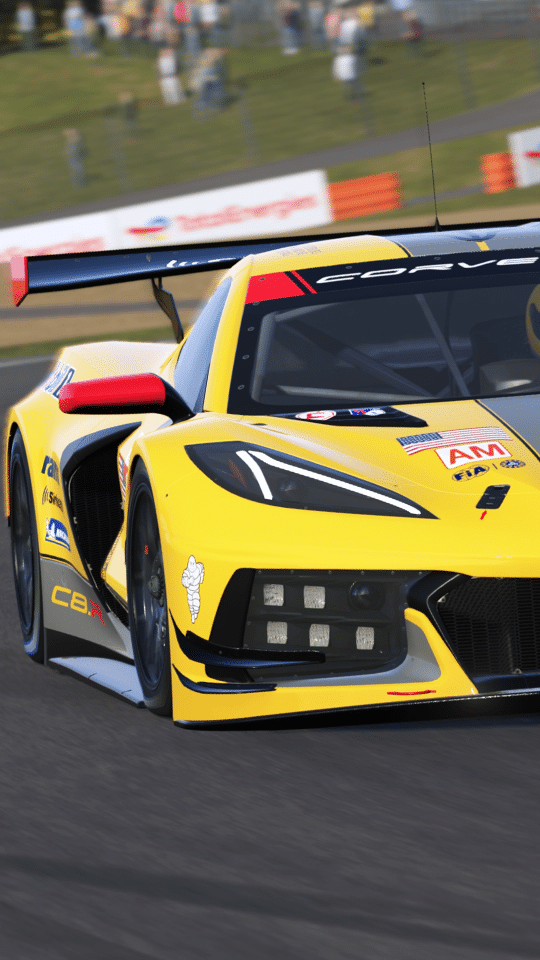
Community Verdict: The mid-engine layout gives the C8.R fantastic traction out of corners and great stability under power. It can be a bit prone to understeer on turn-in, but rewards smooth, precise driving.
Setup Tip: To combat turn-in understeer, consider increasing front toe-out slightly or stiffening the front anti-roll bar.
Ferrari 488 GTE Evo (DLC)
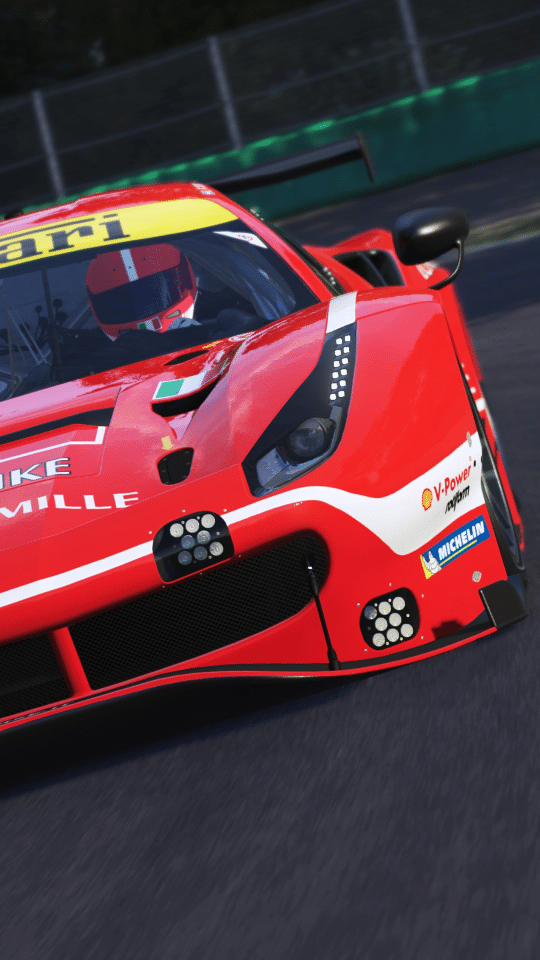
Community Verdict: Known for being the agile and responsive GTE. It has sharp turn-in and feels very nimble through chicanes. Players often find it incredibly rewarding when pushed, but it can be a bit twitchy on corner exit.
Setup Tip: If the rear feels too loose on corner exit, try increasing the power ramp on the differential to smooth out power delivery.
Porsche 911 RSR-19 (DLC)

Community Verdict: Porsche’s radical mid-engine 911 RSR offers exceptional balance and is often considered the most complete GTE package. Its unique layout provides both stability and agility, making it competitive on all track types.
Setup Tip: The RSR-19’s balance is nearly perfect from the factory – focus on fine-tuning tyre pressures and camber angles rather than major suspension changes.
Getting Started: Which Car Should You Choose?
For newcomers to Le Mans Ultimate, we recommend starting with these cars:
- Hypercar Class: Alpine A424 or Toyota GR010 Hybrid – both offer forgiving handling and consistent performance
- LMGT3 Class: Porsche 911 GT3 R or BMW M4 – excellent all-rounders with predictable handling
- LMP2 Class: ORECA 07 – your only choice, but fortunately an excellent one
- GTE Class: Aston Martin Vantage GTE – stable and confidence-inspiring
DLC Pack Information
Le Mans Ultimate’s car roster is expanded through five DLC packs:
- DLC Pack 1: Circuit de la Sarthe track
- DLC Pack 2: Additional tracks
- DLC Pack 3: Complete GTE class (4 cars)
- DLC Pack 4: Lamborghini SC63 Hypercar
- DLC Pack 5: Aston Martin Valkyrie AMR LMH, Mercedes-AMG LMGT3, BMW M4 LMGT3 Evo
Final Thoughts
Le Mans Ultimate’s diverse car roster offers something for every type of sim racer. Whether you prefer the cutting-edge technology of the Hypercars, the close racing of LMGT3, or the pure prototype experience of LMP2, each car has been meticulously crafted to provide an authentic driving experience.
Remember that setup tips are starting points – every driver has different preferences, and what works at one track might need adjustment at another. The key is to understand what each adjustment does and make incremental changes while learning each car’s unique characteristics.
Happy racing, and we’ll see you on track!
Popular Searches
Related Posts
MAIRA for iRacing: Marvin’s Awesome iRacing App Transforms Force Feedback
What is the Custom Shaders Patch for Assetto Corsa and what does it do?
What is the Pure Weather mod for Assetto Corsa and How do I Install it?
Install Content Manager, Custom Shaders Patch and Pure with our installation Guide in Assetto Corsa
Le Mans Ultimate – Sorting Out the FFB Settings with Revosim
Recharge Previews on Steam: RC Racing Gets the Sim Racing
Topic: Le Mans Ultimate

